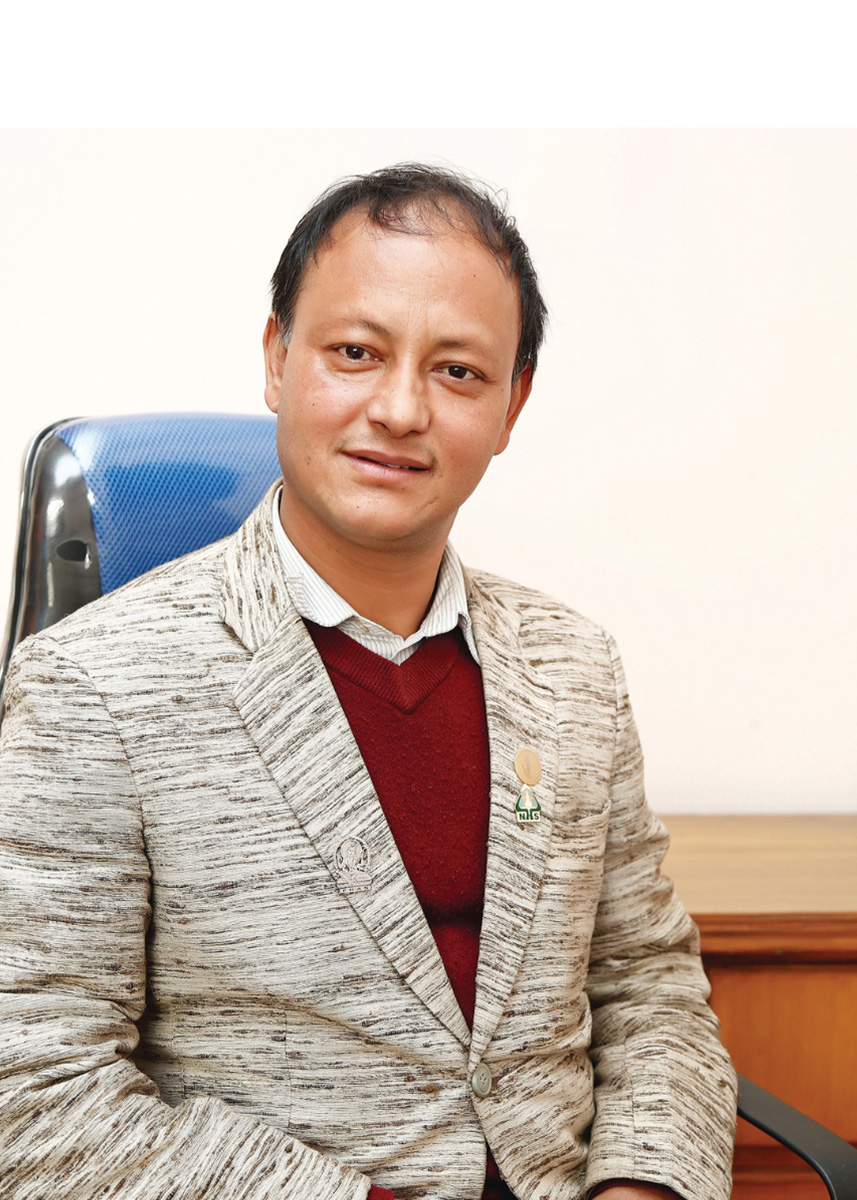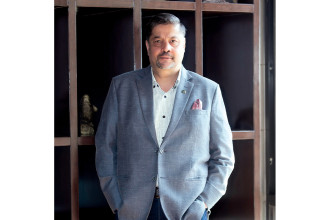
Nepal was renowned for its beautiful and intricate handicrafts, once immensely popular with buyers across the globe. But the sector has suffered dramatically due to neglect from the government in helping it sustain and grow and low investments. Among the many reasons attributed to its downfall are also political stalemate and bandhs which led to buyers moving their business to more practical shores with less hassels in the region, lack of investment, no growth in upgrading quality of products or scaling it to meet required demand, artisans moving to other jobs, lack of skilled man power, shortage of raw materials, etc In this edition of B360º, we spoke with Dharma Raj Shakya, President of Federation of Handicraft Associations of Nepal, to know about the challenges and opportunities for this industry. Excerpts:
What is the overall situation of the handicraft sector in Nepal?
Looking from the business perspective, there have been improvements. The industry has seen growth in export in this fiscal year compared to the previous one by almost 17%. Felt products top the export list followed by glass pipes and pashmina.
What are the key strengths and what are the challenges of this sector?
We have abundant raw materials, but it’s not easily available. Resultantly it impacts the production. Similarly, there’s crunch of skilled manpower and the migration of human capital is stifling this sector. To generate new human resources, the industry is having a tough time on the training front as well. This has created problems in attracting the new generation towards handicraft industry. China and India are way forward in every aspect - technology, skilled human resources and their governments also provides huge incentives which, ironically, we don’t have. To compete with these countries is also a major challenge. We are rich in tradition and crafts. If only we could cash on it. FHAN has worked alongside Poverty Alleviation Fund to provide handicraft trainings in seven different districts, after which, we make arrangements to offer them a platform to showcase their products and receive orders. Handicrafts are contributing financially to the economy as well as giving cultural recognition to the country.
How has the industry evolved in the past decade?
We are capitalising on products of different cultures which so far were limited to the daily use. We are bringing these products to Kathmandu and finding space for them in the global market. We are trying to lift our presence in the international markets. Our products which were exported only in the US and Europe are now being exported to China and India as well. Export to European countries has not been possible in proportion to what it should have been due to the lack of raw materials, manpower and technology.
Has traditional craftsmanship retained today’s generation or is it a dying art?
The attraction is wearing off. Earlier it used to be handed down from generation to generation which no longer happens. If handicraft could have been transformed to academic degrees, the situation would have been otherwise. Those who want to pursue handicraft as a career have not been able to do so. Similarly, there is no platform to provide trainings to people coming in from several districts. Council for Technical Education and Vocational Training (CTEVT) is not doing enough, it is only selling certificates. We are worried if the art may die out. However, to prevent handicrafts from dying, we are in the process of founding SAARC Handicraft Design and Development Center in collaboration with the Ministry of Industry. The Ministry has already allocated two ropanis of land to us, the tender has been announced, and construction is expected to start soon. If this center is established, young people can learn the craft as well as get a recognised certificate. We have already drafted handicraft development policy and forwarded it to the Ministry. With the formation of the cabinet, we expect the policy to be issued. We have also talked about the need of a Handicraft Development Council. There is no institution which solely looks after the handicraft industry. A council is a must for the sustainable development of the industry. We also have talked about the need of handicraft gram. The country has already entered into a federal system. If a separate council can be established in every province to look after the handicraft industry, raw materials and local craftsmanship can be maximised. The demand for our handicraft, designs, raw materials is very high, but, we are unable to tap it.
How does FHAN support producer groups nationally and work on their promotion in the global market?
We are working with different organisations and government. We have 20 councils working under us. Through them we promote products of each district. We organise an annual handicraft trade fair. We give stalls to district councils free of cost so that they can sell their products and take orders. The other is our commodity association through which we promote our products. We give opportunities to our members to participate in international trade fairs and exhibitions free of cost. We also send them to participate in international trainings and also organise trainings programmes.
There has been a growth in handicraft export in the last fiscal year, but the growth is very marginal, what can be done to accelerate it?
The growth has been relatively slow and there are reasons behind it. For the development of any sector, contribution from various sectors is required. Our government has not done much. Handicraft has been the least priority area for the government. Nevertheless, we take pride in the growth we have achieved. In the neighbouring countries, governments provide incentives from 17%-25%; however, we only get incentives of 2% and even to receive it, we need to go through a lot of hassle.
Handicraft is still viewed as a SME, why have no major investments taken place in this sector?
It takes a great deal of time to produce products. It is difficult to meet major demands as required. That’s why big investors are ambivalent to invest in this sector.
How is this sector dealing with imitation of Nepali handicraft products by China and India which are also priced much lower?
Rather than imitation, we have been incapable to promoting our original products. There is a huge difference in Chinese and Nepali raw materials. Those who are aware of our genuine products still use them.
What is being done to introduce and upgrade production capacities, quality and branding strategies?
Modern machines are being used to some extent to boost production. We are trying to figure out the level the share of handmade and machinery craft should be used, so that timely delivery can be done.
According to you, what are the three things, if put into effect immediately, will increase the potential of this sector?
Handicraft Development Policy, Handicraft Development Council, and SAARC Handicraft Design and Development Center are three things that need to be prioritised. Timely action on all these will enhance the potential of this sector, and the new generation can be attracted to it.






